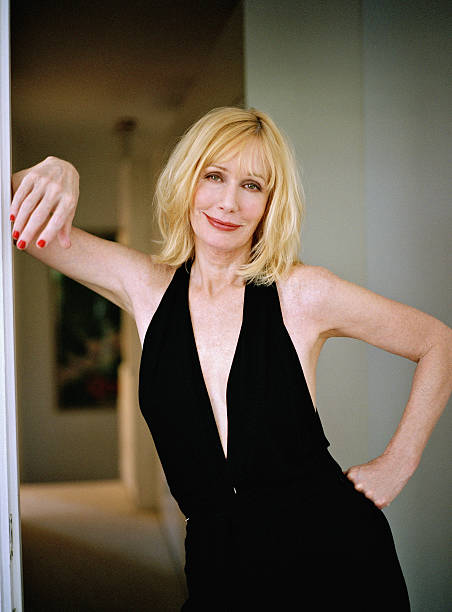A Presence You Don’t Forget
Some performances arrive soft as smoke and linger for decades. Sally Kellerman’s turn as Major Margaret “Hot Lips” Houlihan in Robert Altman’s MASH* did exactly that—precise, graceful, and at times tenderly vulnerable. She fused authority with aching humanity and, in doing so, carved an irreplaceable place in film history. Off-screen, she shined again—this time under club lights—as a jazz singer with a sweet, husky tone that could hush a room. Sally Kellerman didn’t just act or sing; she inhabited feeling, making audiences lean in and listen.
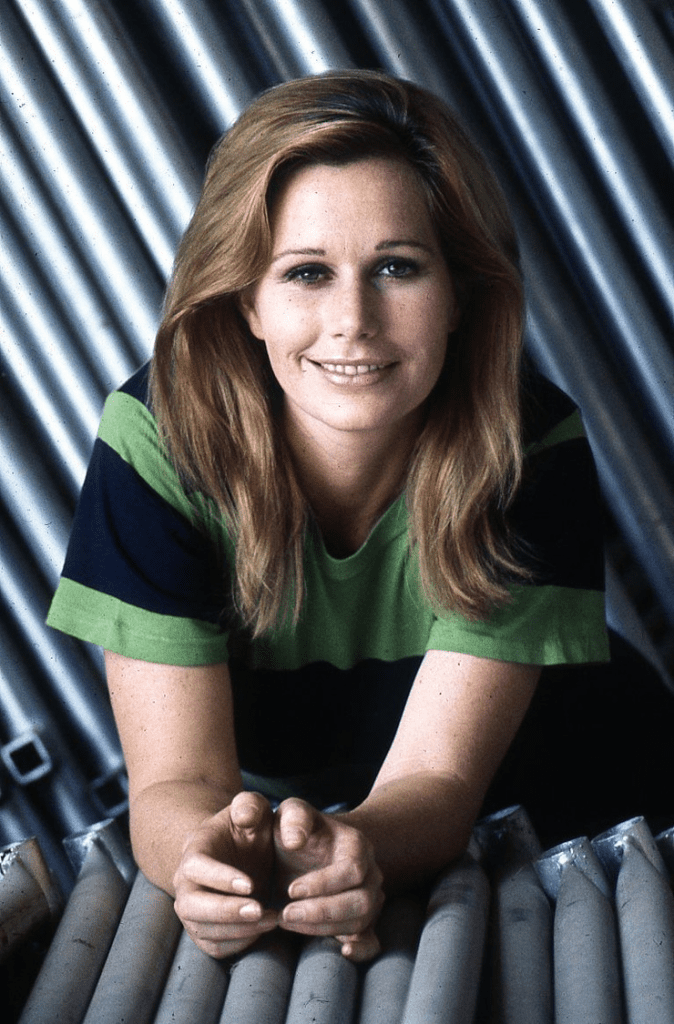
Roots of a Natural: Early Years and First Steps
Born in Long Beach, California, on June 2, 1937, Sally Clare Kellerman grew up in a household where creativity and everyday grit coexisted. Music was a through line—her mother taught piano—and that early immersion in rhythm would later color her phrasing as both actor and vocalist. After studies at Hollywood High and brief college acting classes in Los Angeles, she did what working artists do: she hustled. Bit roles on television during the late 1950s and early ’60s—Maverick, The Twilight Zone, The Outer Limits—became her training ground. Stage work sharpened the edges. She learned to let silence work, to hold a beat, to surprise with a sideways glance. Those instincts—jazzlike, elastic—would become her signature.
Video : 24Feb1975 “The Shoop Shoop Song (It’s In His Kiss)” – Sally Kellerman with Tommy & Dick Smothers
The Role That Echoes Through Time
Then came 1970. Altman handed Kellerman a character who might have been a cliché in lesser hands: a tightly wound Army nurse dropped into surgical chaos. What she delivered in MASH* was layered and alive. Her “Hot Lips” wasn’t simply the butt of the joke; she was a professional in a mad world, cracking, recalibrating, and finding her own agency. The performance earned her an Academy Award nomination for Best Supporting Actress and a permanent seat in the cultural memory of anti-war cinema. Watch it today and you’ll see the same precision: a woman negotiating power and vulnerability with microscopic shifts of breath and brow.
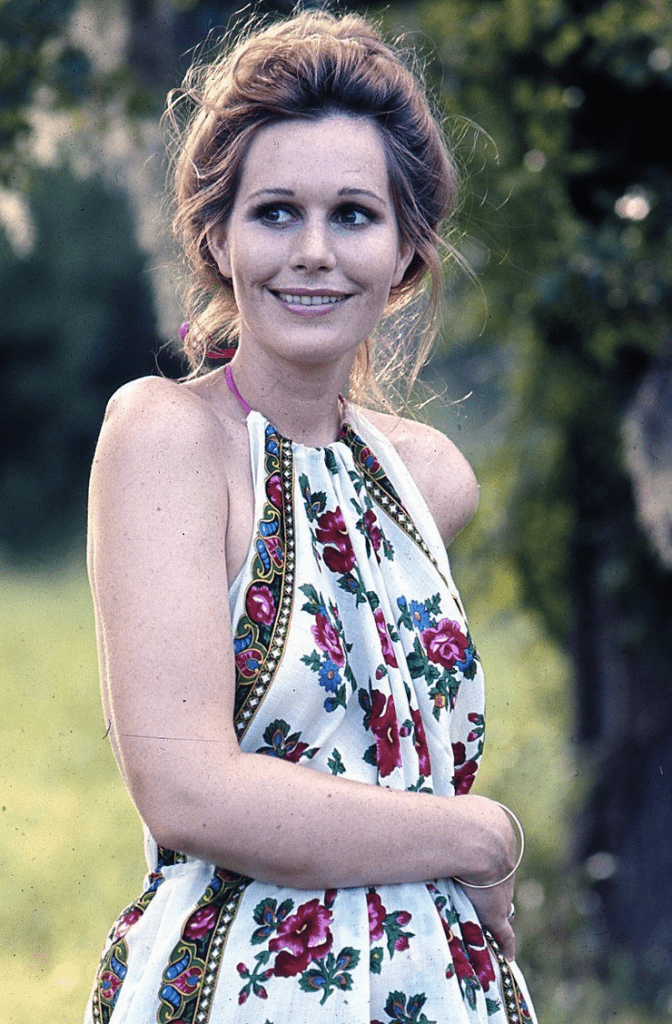
Film and TV After MASH: Range Over Routine*
Kellerman chose breadth over repetition. She leapt back into Altman’s orbit with the eccentric Brewster McCloud (1970), then sparred through Neil Simon’s The Last of the Red Hot Lovers (1972). She mixed drama with sly comedy in projects across the ’70s and ’80s, and then struck box-office gold opposite Rodney Dangerfield in Back to School (1986), playing an English professor with a velvet bite. Audiences adored the chemistry; critics admired her control. Through the ’90s and 2000s, she slipped easily among prestige ensembles—Altman’s The Player and Ready to Wear—and fan-favorite series, turning up with familiar warmth on shows ranging from cozy mysteries to sharp-edged sitcoms. Count the credits and you’ll find more than a career; you’ll find a map of risk, curiosity, and craft.
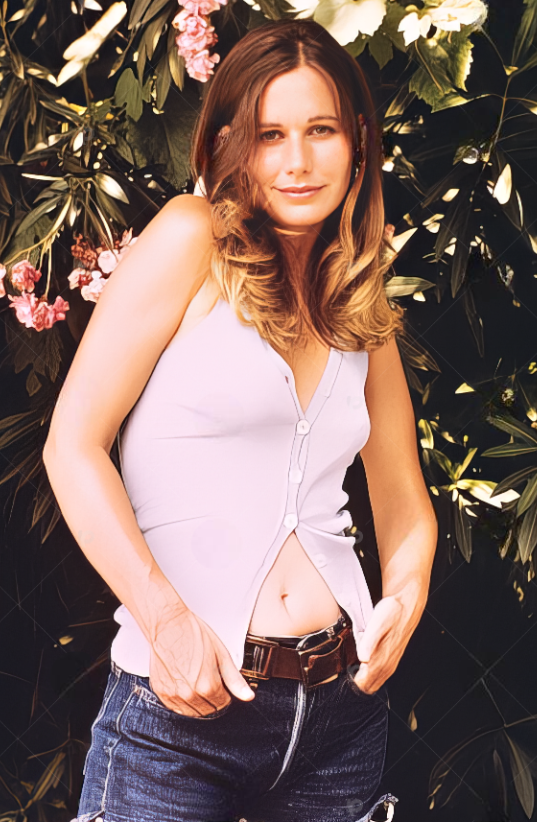
A Jazz Soul: The Singer Who Could Stop a Room
That famous timbre—low, smoky, and somehow both satin and sand—wasn’t just for dialogue. Kellerman recorded Roll with the Feelin’ in the early 1970s, a set that blended hushed confession with California ease. Decades later she returned to the studio for Sally (2009), a late-career statement steeped in jazz and blues. Listen closely and you’ll hear the actor’s instrument inside the singer’s: a long line pulled through a lyric, a smile tucked inside a syllable, a pause that means as much as the note that follows. On stage, under small lights, she delivered that rare alchemy—presence without push, intimacy without effort.
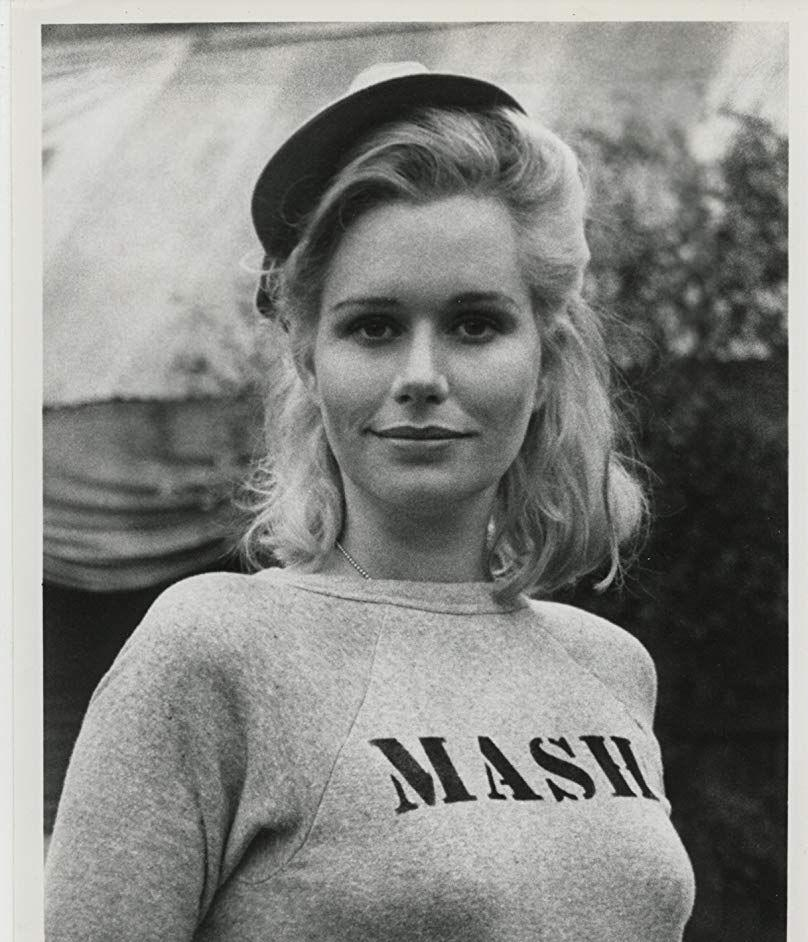
Craft Notes: Why Her Work Still Teaches Us
What made Kellerman’s performances feel so alive? She played “in the pocket,” like a great rhythm section—always listening, always responsive. She knew when a scene needed steel and when it needed air. She kept the stakes human. Even in broad comedy, she found a heartbeat. And when the tone turned dramatic, she resisted the urge to oversell. It’s why her work ages so well: it’s built on attention, not affect.
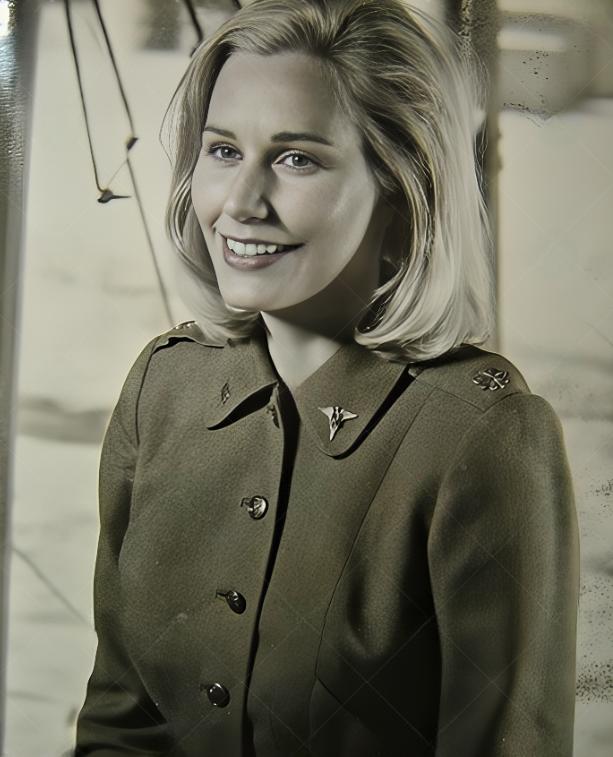
Life Beyond the Lens: Love, Family, and Quiet Courage
Kellerman’s life, like her art, balanced glamour with groundedness. She married, divorced, remarried, and raised a family while keeping the work honest and adventurous. Friends and colleagues remembered her generosity—showing up, sharing the laugh, anchoring the room when things tilted. Later in life, she wrote with candor about the oddities and lessons of show business, offering the same unvarnished charm that audiences recognized on screen. She passed away in 2022 at the age of 84, and the tributes that followed sounded a common chord: Sally Kellerman made people feel seen.
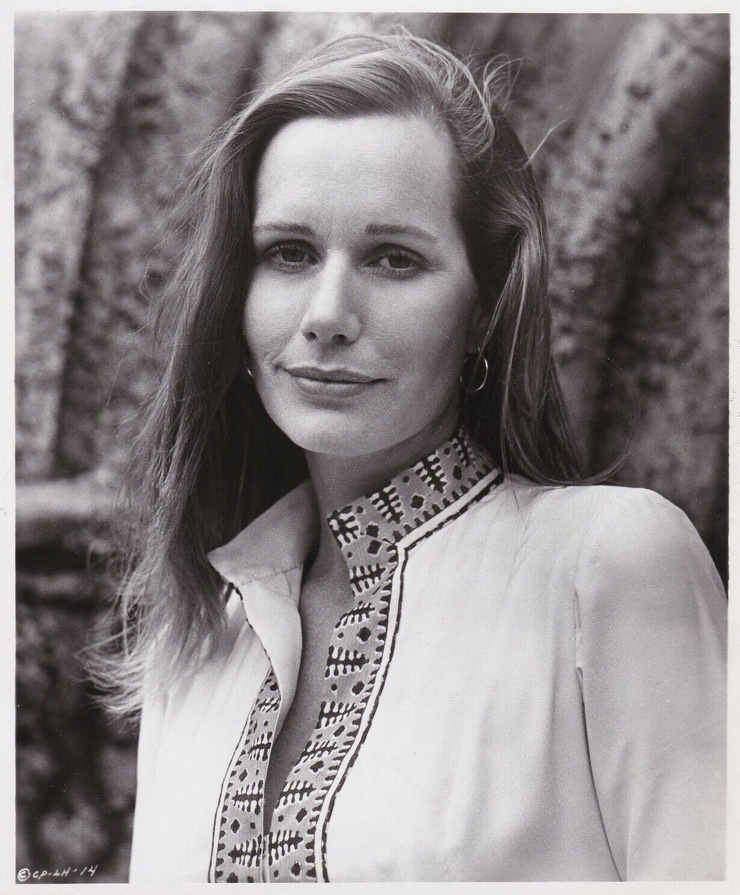
Influence and Legacy: An Icon You Can Hear and See
Kellerman’s MASH* performance set a high bar for war-era satire, and it still informs how actors approach characters who must be strong without becoming brittle. Her comedic turns remind performers that humor lands best when it’s rooted in truth. Her singing offers a masterclass in restraint—proof that you can move an audience by caressing a line rather than belting it. Filmmakers and actors who prize nuance cite her often; fans who value feeling keep returning to her work because it makes the world tilt just a little more toward empathy.
Video :Rare Photos of Sally Kellerman Like You’ve Never Seen – Untold Story Inside
Essential Sally: Where to Start (and Why)
- MASH* (1970): The performance that defined a genre touchstone—brave, precise, indelible.
- Brewster McCloud (1970): Eccentric Altman energy with Kellerman’s wit unchained.
- The Last of the Red Hot Lovers (1972): Dialogue-driven comedy sharpened by her timing.
- Back to School (1986): A crowd-pleaser elevated by her smart, sparkling foil.
- Sally (2009): The album that captures her late-era vocal glow—intimate, honest, and warm.
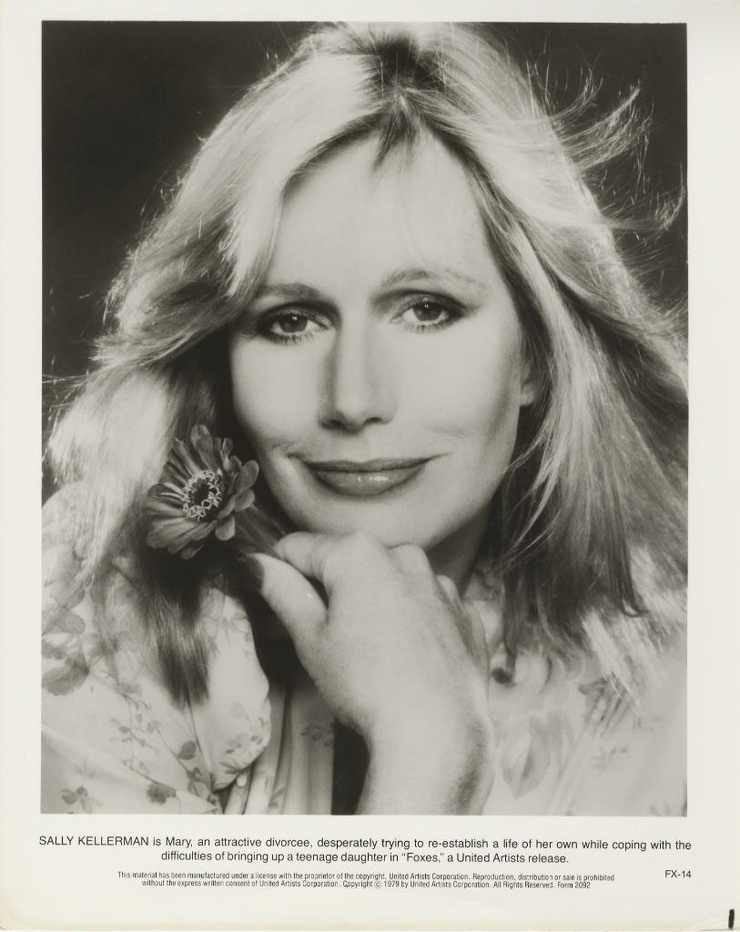
Why She Still Matters
In an era obsessed with volume, Sally Kellerman modeled the power of modulation. She showed that sharp can be kind, that grace can live inside a joke, and that vulnerability is not a weakness but a bridge. The “female lieutenant” who once commanded a chaotic field hospital still commands our attention—not through spectacle, but through soul. Her voice—on film and in song—reminds us that the most enduring art doesn’t shout; it resonates.
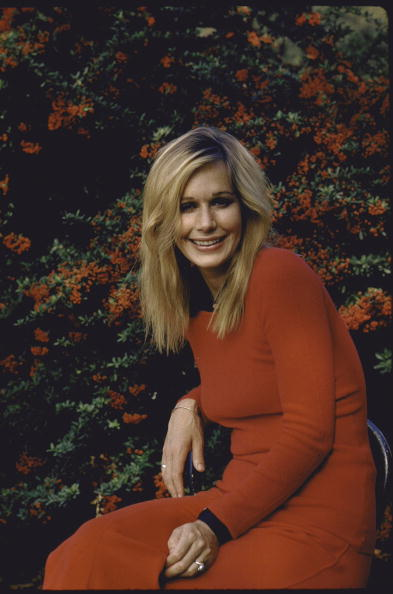
Conclusion
Sally Kellerman’s legacy is a duet of craft and courage. On screen, she gave us a career-defining performance that still ripples through modern storytelling. On stage and in the studio, she wrapped lyrics in velvet and let the spaces between notes speak. Across decades, she chose curiosity over comfort, truth over gloss. And that’s why the image of that sharp, graceful, tenderly human lieutenant—and the echo of that husky, honeyed voice—remain timeless.
